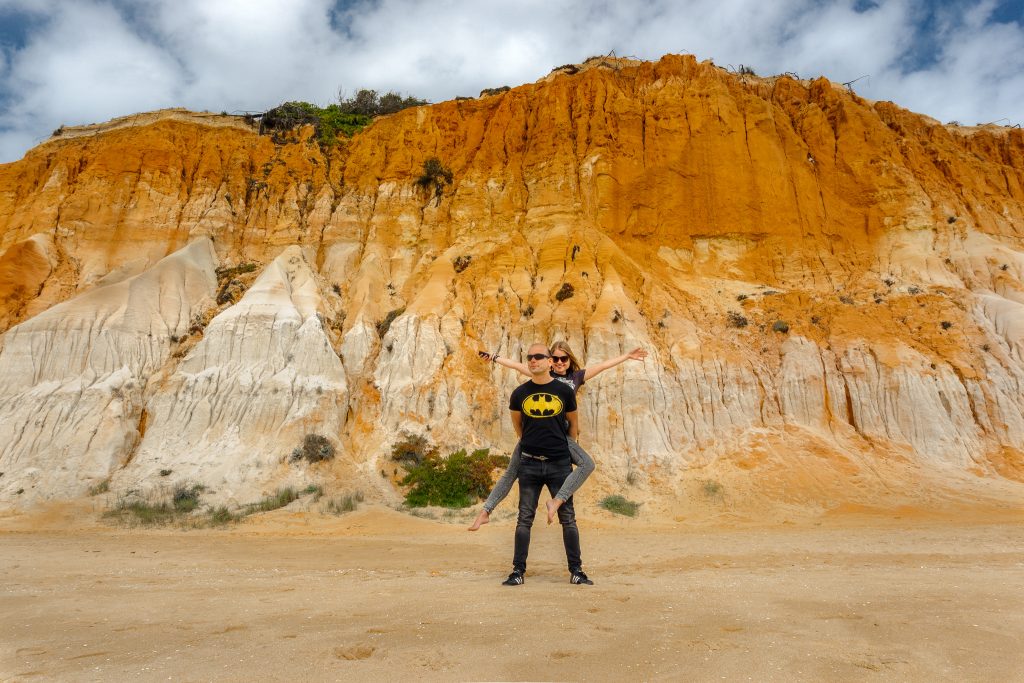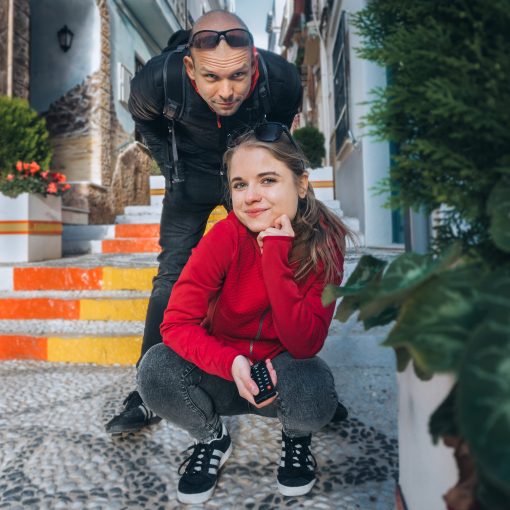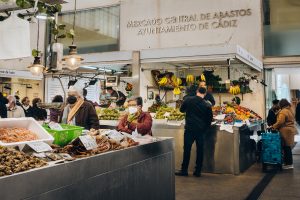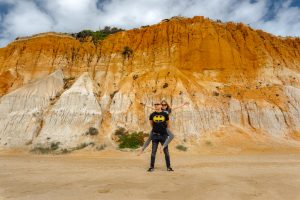Over the last 10+ years, we’ve been on both sides, we’ve been traveling fast, and now we mostly travel slow. In the traveler’s world, there is an endless debate about which traveling style is better. Because of that not a week goes by without seeing a post on this topic on social media. But you know what? There is no right or wrong way to travel. In this blog post, we want to show you the options, so you could decide which travel style suits you better. Based on our experience, we’ll show you the differences, pros, and cons of slow and fast travel. We’ll also tell you a bit more about which one we prefer and why. We also prepared the results of a poll about which type is popular among other travelers. Ready? Let’s dive into the “debate” of whether to travel slow or travel fast.
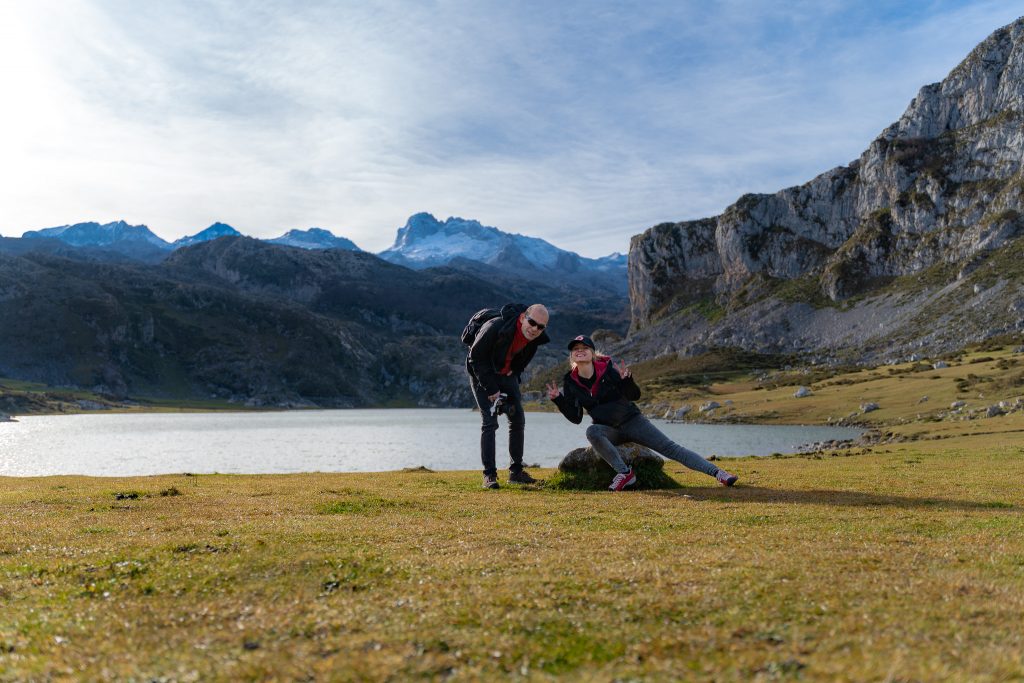
This website uses affiliate links thanks to which we may earn a commission for purchases you made at no additional cost to you. If you like the content, consider using those links to support us. Thank you!
Travel slow or travel fast, which one is for you?
What is fast travel?
Fast travel is all about squeezing as many places as possible (countries, cities, tourist attractions) into a given, usually short, period of time. It’s about ticking off places from the bucket list, and frequent changes of location. Fast travelers often wake up in one place and go to sleep in another. If you were at least once on an organized trip during holidays or even a school trip, you know what we’re talking about.
Fast travel allows you to see and do a lot but you won’t experience them deeply. There is no time for visiting less popular areas, for longer breaks, and for simply observing what locals’ daily life looks like. You’ll only be able to scratch the surface of what the particular area is truly about.
Fast travel for many is a more appealing option, as not everyone has the luxury to work remotely, and the number of days off is limited. It’s a great option for countries/areas/cities which we would like to see, but don’t necessarily want to spend extended periods of time there. Also, fast travel is usually more expensive than slow travel. You need to move a lot, buy lots of entry tickets, rent more short-stay accommodations, and eat out more. There is less chance to catch cool deals that would lower the amount of money spent.
What’s more, very often fast travel is associated with country hopping and bragging about the number of visited countries. This leads to unhealthy competition that can negatively impact someone’s mental health. But the biggest disadvantage of fast traveling is definitely exhaustion, and the need for vacation after vacation. No wonder, after so many days filled with action!
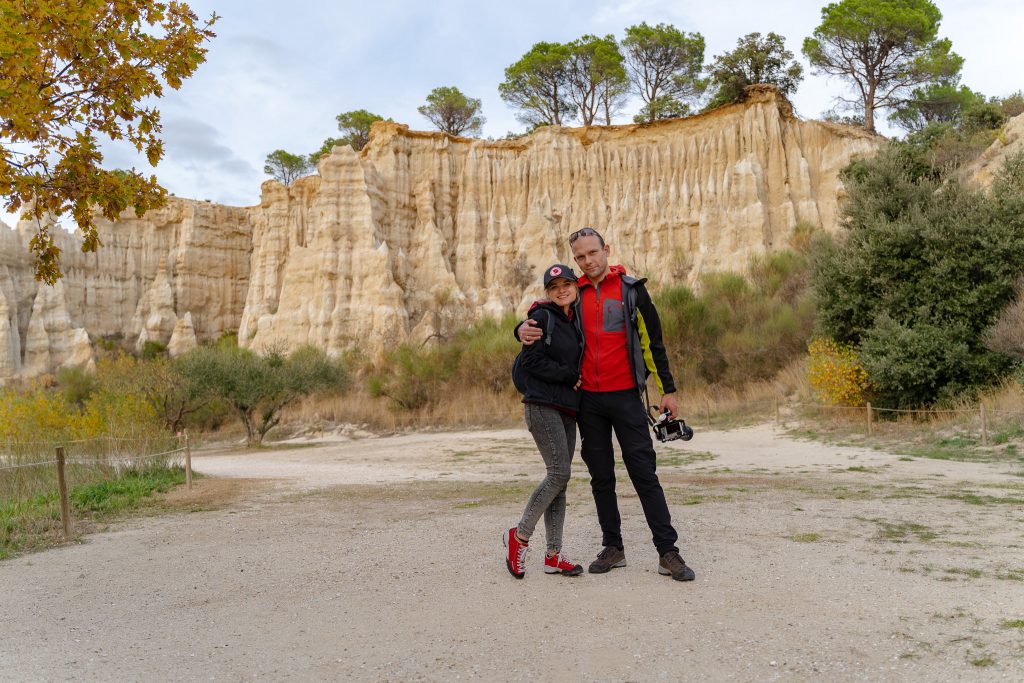
Our take on fast travel
Before 2021, in most cases, we traveled fast. Back then, we were working standard 9-5 office hours and had only about 25 days off per year. So naturally, we were trying our best to squeeze in as many travel days as possible. Our city breaks lasted about 3-5 days, and longer trips about 7-14 days. It usually looked like this: stay in one place or rent a car to move around, wake up really early each morning, go sightseeing, come back late, go to sleep, and repeat. We were moving fast from one place to another because time was chasing us. It didn’t even matter what the weather was like, we had a whole list of places to see!
The fastest trip we did? We think it was the North Coast 500 in Scotland in just 6 days. We were happy about that back then, but now we know that it was definitely too quick to enjoy the area fully. Will come back there for longer for sure!
Quite soon we realized that energy levels were going down rapidly, and we needed time to recharge our batteries. And of course, after returning we were so exhausted that we wanted to stay in bed for a few more days. We understood that fast traveling doesn’t work really well for us. That we want to get more out of our trips. Despite being in our 20ties seeing huge numbers of places and losing energy rapidly was not for us. So, around 2018, the idea of slow travel began to sprout in our heads…
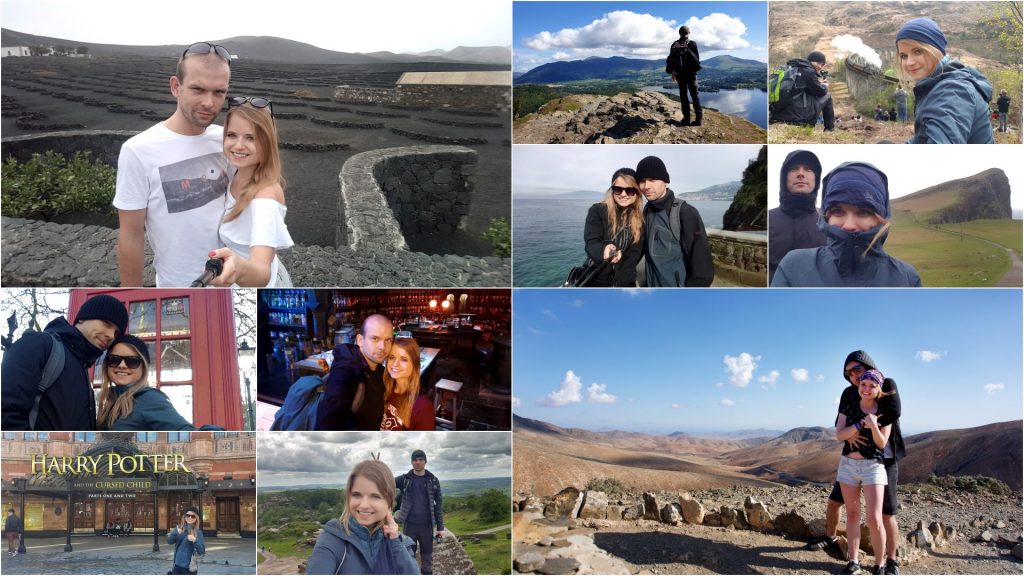
Check out what other travelers have to say about traveling 🗺️
What is slow travel?
That’s very simple. Slow travel is about… slowing down, taking more time while traveling, and choosing to spend a longer period of time in one area, without rushing. Thanks to “living” in a place, you’ll have time to stroll in non-touristic places, carefully observe, enjoy and therefore better understand local culture and daily lifestyle. Slow travel is about quality over quantity.
Slow travel is for those who like to drink coffee at a local coffee shop and observe people go about their lives, for those who like to see popular sites, but also those who love to discover less-known places and go off the beaten tracks. It’s also for those who wish to try and make some friendships with local people.
Slow travel is perfect for anyone who works fully remotely or can take a job with him into the world and combine working with traveling. It’s also usually less expensive than fast travel, as you can get some nice accommodation/transport discounts, or save on food by cooking in the apartment. Slow travel also helps to keep a daily routine, which is hard while traveling fast.
Slow travel is about renting a place for a longer period of time and making yourself comfortable, like at home. You can empty your backpacks or suitcases fully, hang up clothes, put your stuff into the drawers, visit all supermarkets and choose your favorite, or test a few local restaurants. Slow travel prevents exhaustion, as you have plenty of time to relax.
Slow travel isn’t for people who quickly get bored by being in one place too long. And it’s just a different kind of beast than fast travel that requires a proper combination of available time, financing, and work setup.

Our take on slow travel
We started our slow travel adventure in August 2021 and… We love it. Until today, January 2023, we lived in 11 different areas in Spain, Portugal, France, and Poland, and in each of them we stayed between 5-8 weeks. We love the fact that we don’t have to rush anymore and anywhere, have time for everything we want, and that we have a chance to explore and get to know the area we’re staying in like we want to.
We also like the fact that after about 3 weeks in most places we start to feel “at home” and we have an opportunity to see what it would be like to live in this particular area permanently. Slow traveling is also perfect for our lifestyle. We’re digital nomads, we connect working and traveling so we still need a quite stable daily life for a “work” part. After 16 months we feel that slow travel is perfectly suited for us, for our needs.
If you’re interested, we wrote a whole post about what our first year of living as digital nomads looked like. There you’ll find our story, how exactly we travel, what we liked, learned, lacked, longed for… Read it here: Retrospective On The First Year Of Living As Digital Slowmads
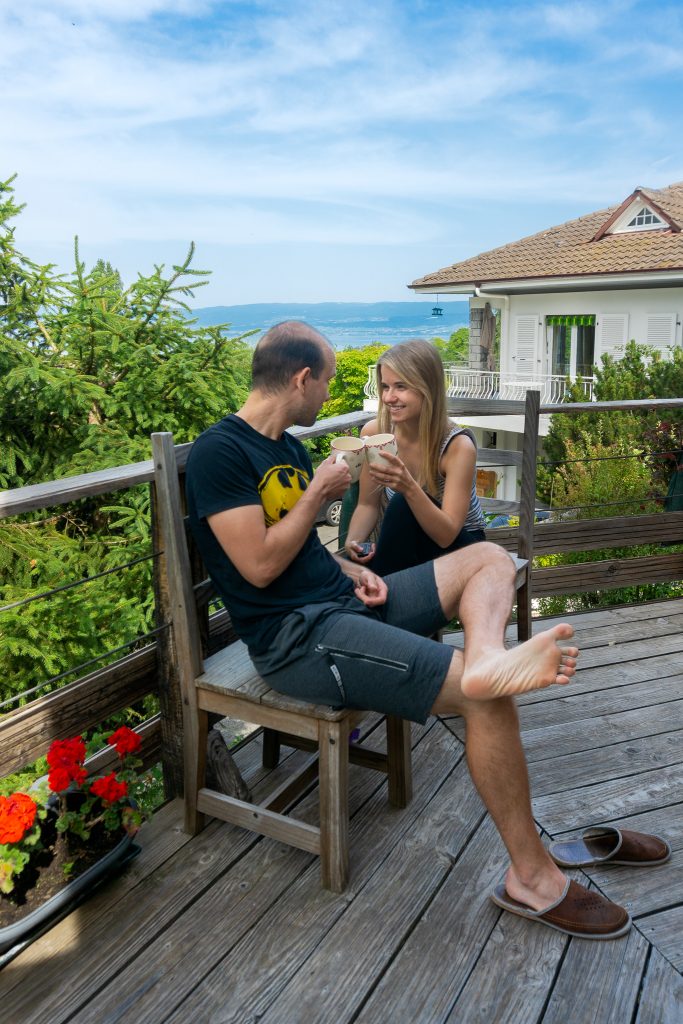

Mixed travel pace
Nothing is completely black or white, and the same goes for traveling pace. Although most travelers will probably fall into the slow or fast category, our recent poll on Twitter showed us that there are some people who missed other answers. Some wanted “it depends” answer (on time/budget/destination) and some others wished for a “mixed pace/something in between slow and fast”.
After some thought, we realized that it totally makes sense. There are for sure people who can combine those two travel paces, who can set aside days for rest and intensive sightseeing. Maybe in a way even we fall into that bag with working during the week and sightseeing mainly over the weekends. It’s fluid and highly depends on how you’ll define the boundaries of slow and fast travel. Since each of us can define it differently there is no definite answer, so do what feels right for you.
Here you can see results on our Twitter poll and discover which travel pace is preferred by other travelers.
Travel slow or travel fast? So… which one is better for you?
Hope that we’ve brought you closer to knowing which travel pace is most suitable for you, and your lifestyle. Is it slow or fast travel? Or maybe a mixed pace, something in between, will be perfect for you? Tell us in the comments, we’re curious! If you have the privilege to try each pace – do that. Then and only then you’ll be able to tell which is better for you and which one you like more.
Whatever you’ll choose, remember that you’re not a better or worse traveler than the ones on “the other side”. You’re just doing the best you can with whatever setup you have in hand! Remember that at the end of the day, it’s not about how many places you’ve visited, it’s about what you get from your travels.
